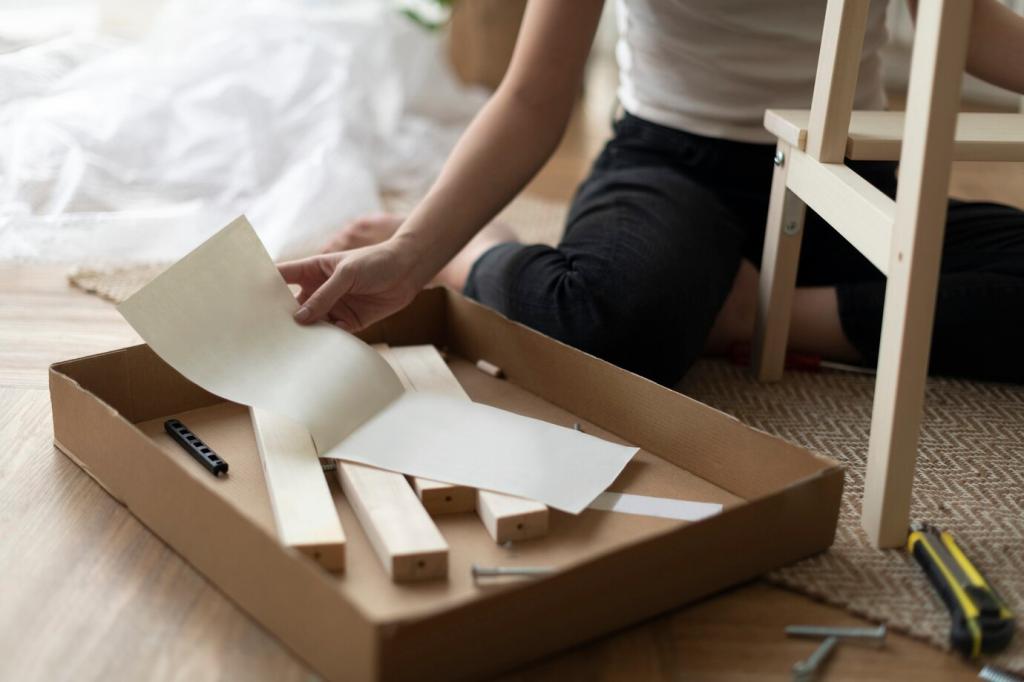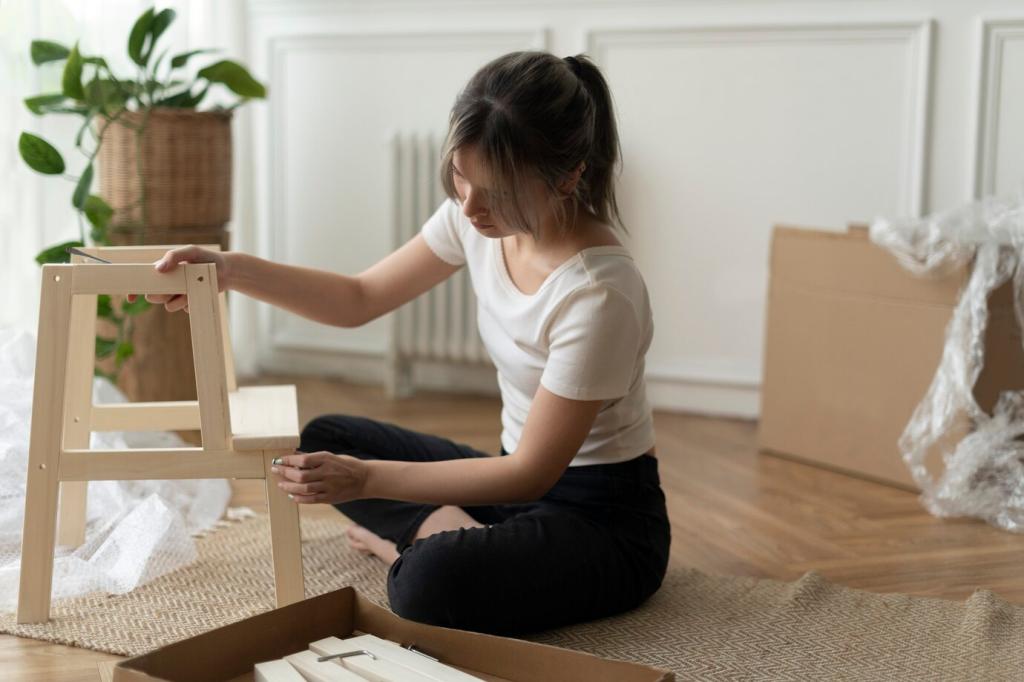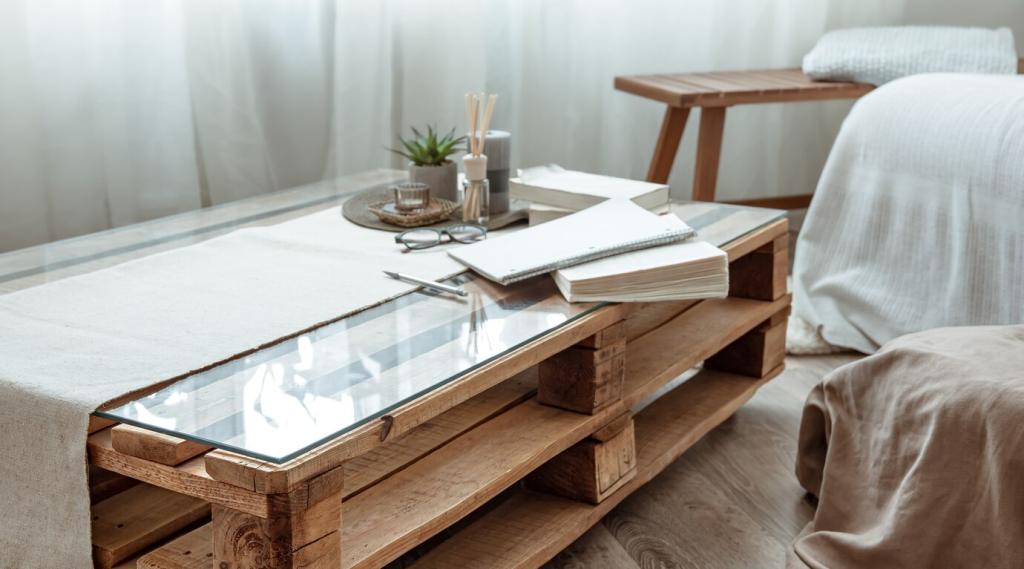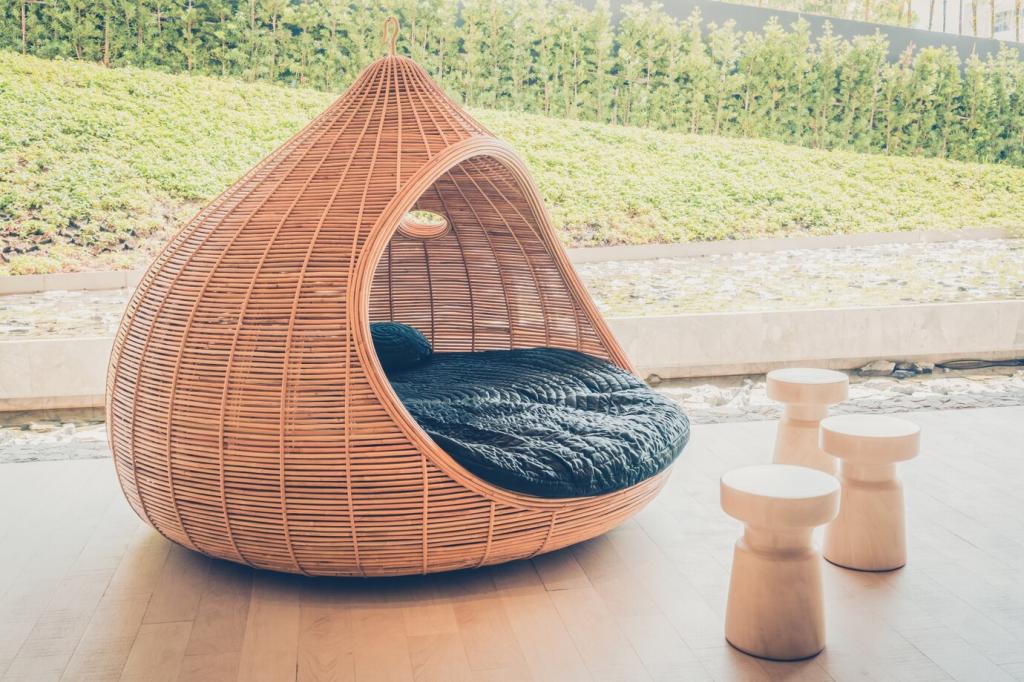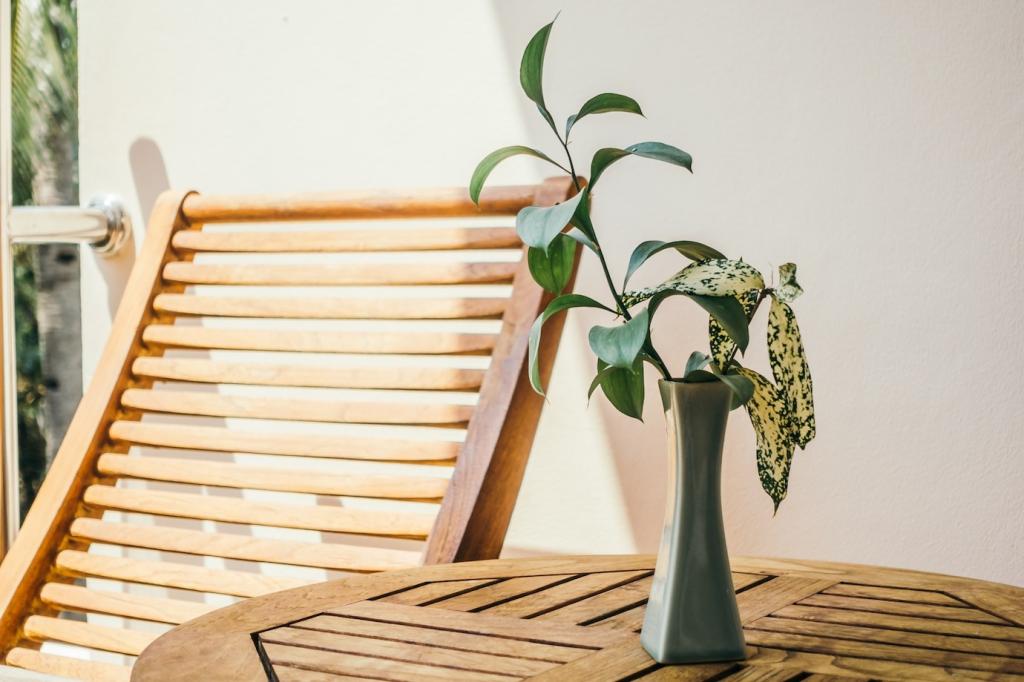Textiles and Upholstery with a Conscience
Look for linen, hemp, or organic cotton with robust weaves and transparent certifications such as GOTS or OEKO-TEX. These fibers breathe well and age attractively. Neutral textiles pair beautifully with wood grain and let craftsmanship take the spotlight. Tell us which fabrics have survived your pets, parties, and weekend movie marathons.
Textiles and Upholstery with a Conscience
Swap tired polyurethane foam for natural latex, wool batting, or a latex–coconut coir blend. These options often resist sagging and avoid many controversial additives. One family re-stuffed dining chairs with wool layers; years later, they still spring back and smell faintly of lanolin after a sunny afternoon airing.
Textiles and Upholstery with a Conscience
Use water-based contact cements, jute or cotton webbing, and mechanical fasteners over heavy solvent glues. Staple carefully to minimize waste and allow future reupholstery. Document your process so future you—or the next owner—can refresh without guesswork. Share your best upholstery shortcuts, and we’ll feature reader tips in upcoming posts.

